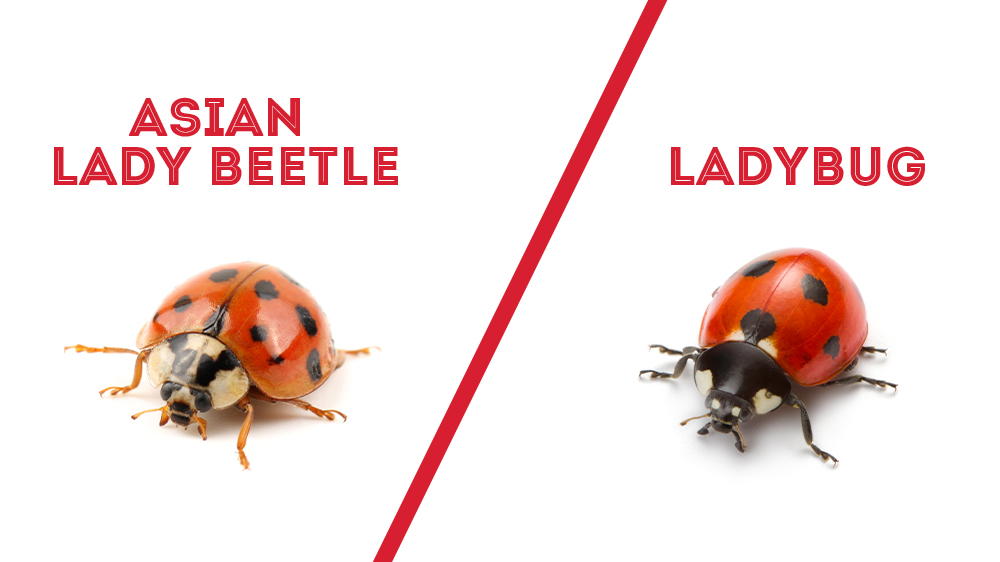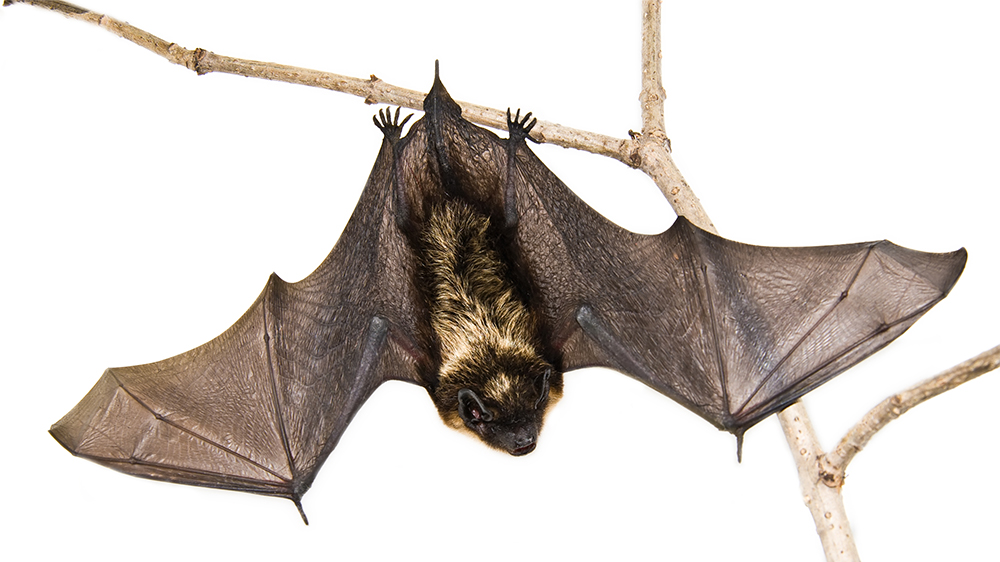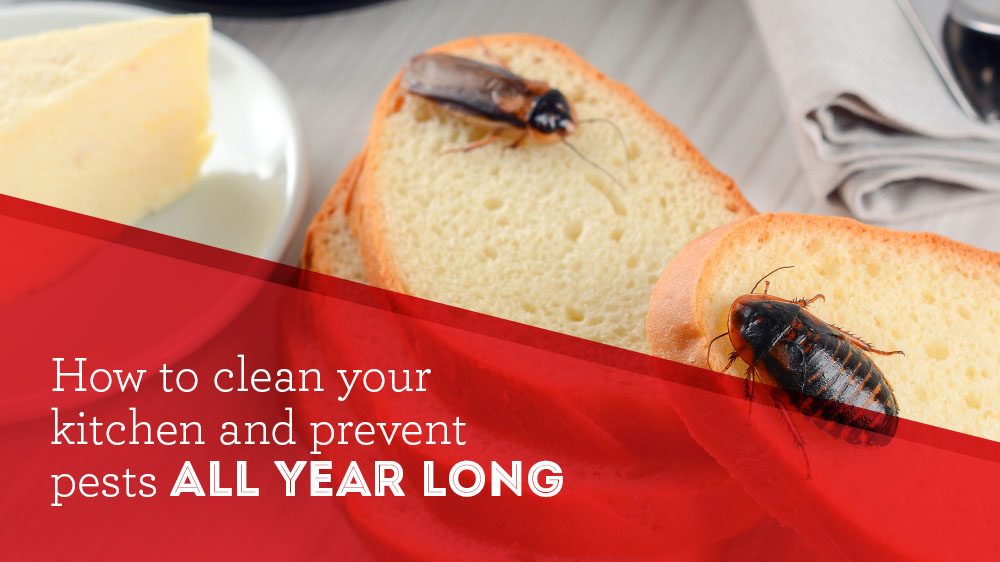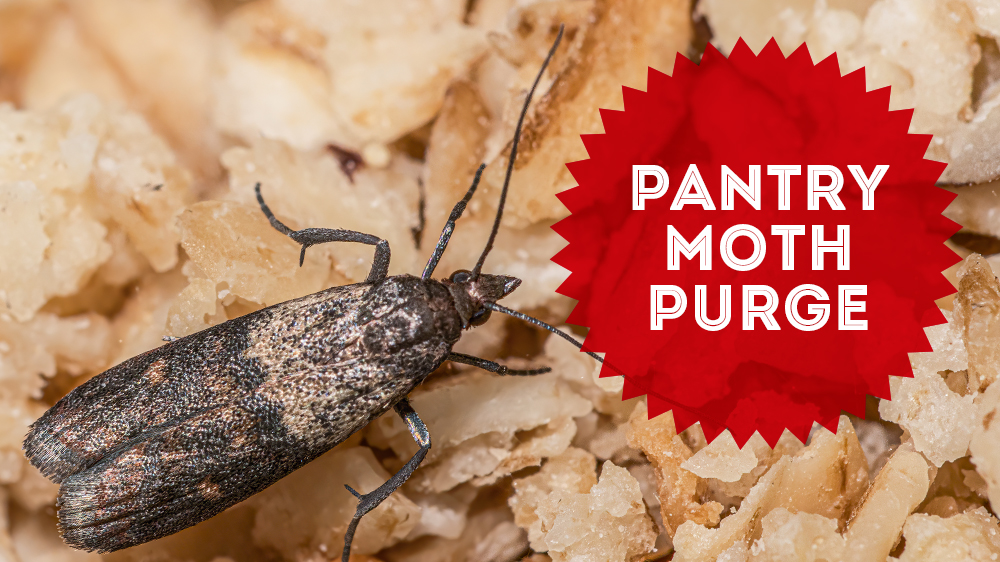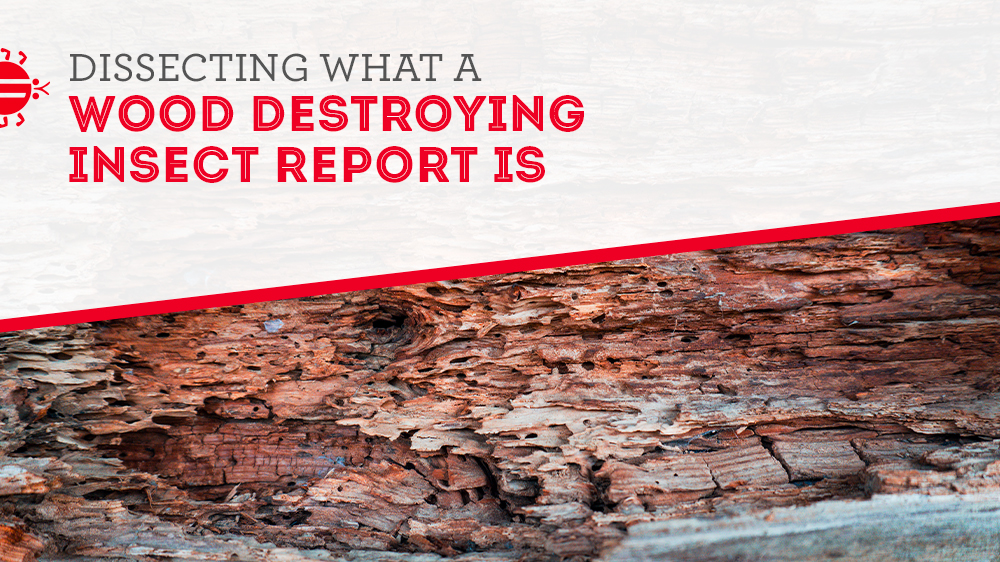
In recent years, there has been an influx of rodents in residential and commercial buildings. Unfortunately, these infestations can cause significant damage to property as well as pose health risks. In order to protect their premises from these creatures, many people have turned to the Bell Sensing Technologies for trapping rodents.
Bell Sensing is a revolutionary technology developed by researchers at MIT that utilizes sensor-based analysis and real-time data to keep your premises rodent-free. Sensors are placed throughout your property, alerting The Bug Man via an app when a rodent has been caught. A Bug Man technician is sent out immediately to track where and how the rodent has been moving around.
Suppose a building’s traps on the right side are triggered often; in that case, we can infer that rodents enter through that side. The app also enables technicians to record the gender and species of the captured rodent. This information is useful because capturing a male rodent means capturing a potential reproducer. Additionally, identifying whether the trapped rodents are mice or rats can help us improve our baiting strategies in the future.
Since the sensors are connected directly to your phone or computer, you can monitor your premises remotely at any time in case something needs attention immediately. Automating this process with Bell Sensing Technology can save precious time and resources while ensuring better safety for everyone on site. Bell Sensing is also a cost-saving to the customer because instead of us coming weekly or monthly, we only come when we receive a notification
Bell Sensing has made it much easier for businesses and homeowners alike to avoid potential problems related to rodents and maintain healthy premises using manual intervention by placing snap traps for rodent control on the sensors. With this amazing technology, people can now improve the condition of their homes or workplaces worry-free. So, if you’re interested in the Bell Sensing Technologies, call The Bug Man today. After all, we get them when you can’t.


